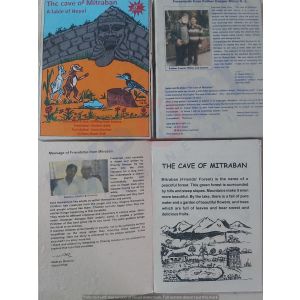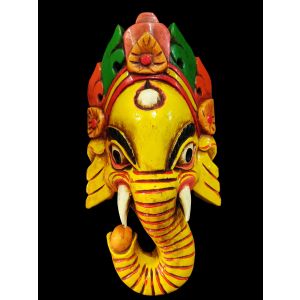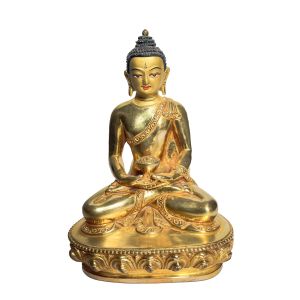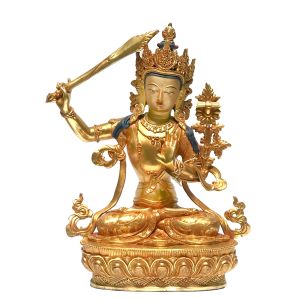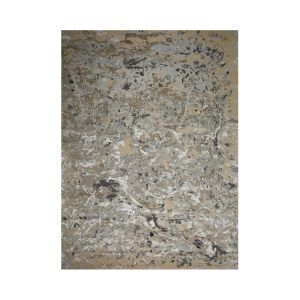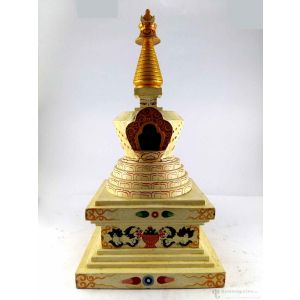Statue of Shakyamuni Buddha with Real Stone Setting
| Seller | Handmade Handicraft |
|---|---|
| Product Tags | Handmade, Handicraft, Craft, Statue, Buddha, Idol, Sculpture, Meditation Buddha, Sitting Buddha, Shakyamuni Buddha, Shakyamuni Buddha with Real Stone |
| UK Size | 4 |
| Seller | Admin |

